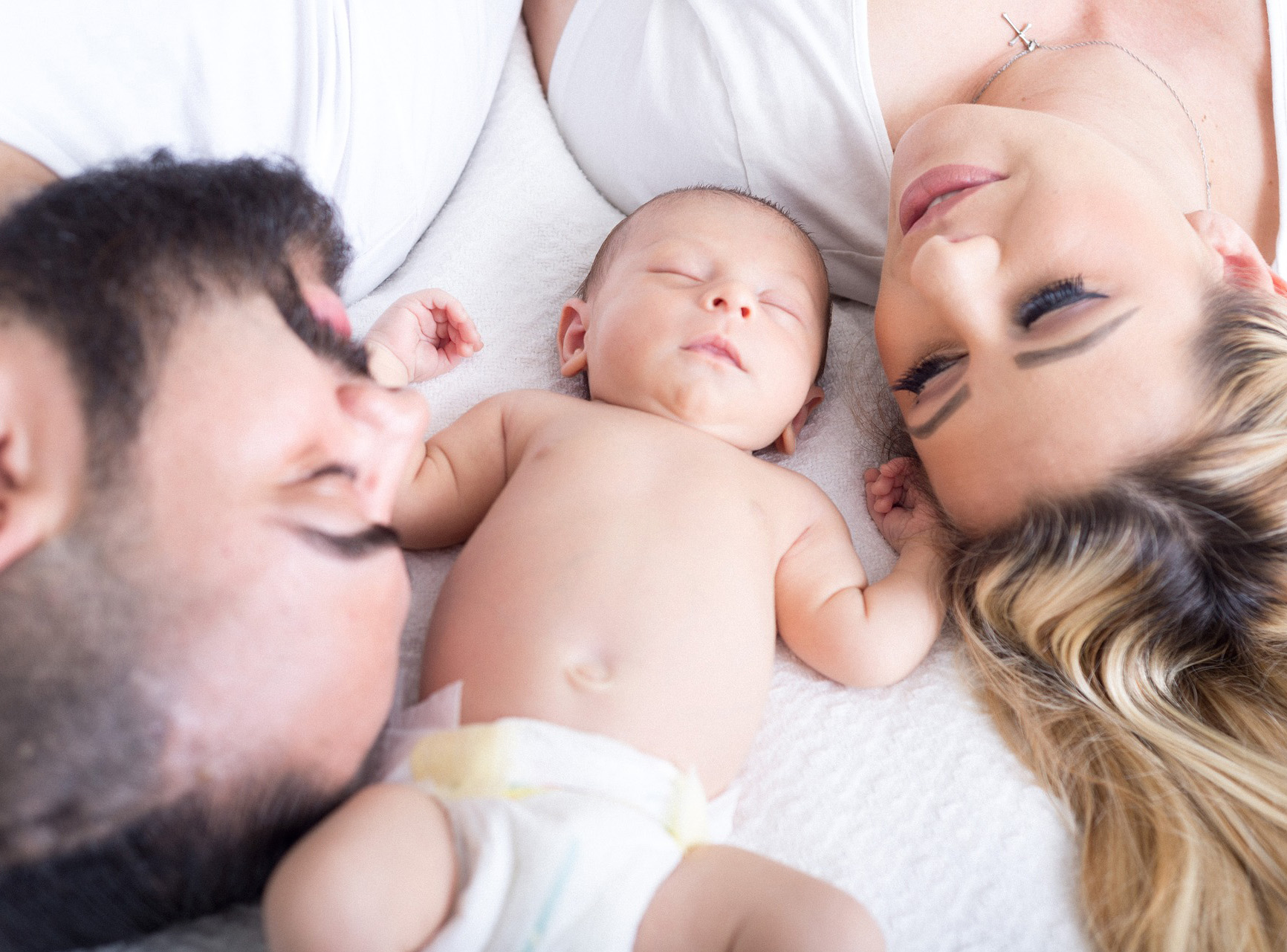 Socioeconomic status could be even more generational than the bank balance indicates, with new research from US and Aussie scientists demonstrating that babies of mothers who experienced disadvantage during pregnancy may have smaller brains than the babes of wealthier mums.
Socioeconomic status could be even more generational than the bank balance indicates, with new research from US and Aussie scientists demonstrating that babies of mothers who experienced disadvantage during pregnancy may have smaller brains than the babes of wealthier mums.
A team from Washington University looked at data from 280 mother and baby pairs from diverse socioeconomic backgrounds, including MRI scans of the babies’ brains, and found greater social disadvantage was linked with reductions in the volumes of babies’ white matter and grey matter, as well as a reduction in cortical folding.
Dr Amy Finlay-Jones, Postdoctoral Research Fellow at the Telethon Kids Institute said that this is one of the largest studies to look at the impact of social disadvantage on babies’ brain development.
“We have seen studies that have been done before that have looked at children following birth, but this study actually looked at social disadvantage during pregnancy,” Dr Finlay-Jones said.
“We know that the first 2,000 days are a very rapid period of brain development, when the developing brain is incredibly sensitive to input from the external environment – inputs both positive and negative.”
Childhood exposure to early-life adversity (ELA), such as poverty, parental psychopathology, and psychosocial or physiological stress, is a well-documented risk factor for adverse neurodevelopmental, socioemotional, and health outcomes, but much less is known about its prenatal effects.
Past studies have shown that maternal depression and stress during pregnancy is associated with altered hippocampus, amygdala, and cerebellum volumes, but these studies represented populations of higher socioeconomic status and did not consistently control for SES.
“The other thing about this study that’s a real strength is that they controlled for a lot of the variables that we would normally think kind of account for some of these relationships with smaller brain volumes,” Dr Finlay-Jones explained.
The mothers’ pre-pregnancy body mass index, marijuana exposure, and tobacco use were independently evaluated as covariates of interest so as not to affect the unique, independent proportion of variance explained in brain volume and folding outcomes.
“So, we know that they’re trying to home in on the impact of social disadvantage in and of itself, and not just through these other things that are correlated with social disadvantage,” she said.
A neonatal brain MRI was performed during the infants’ first weeks of life with data sent to Australia for analysis using the Melbourne Children’s Regional Infant Brain Atlas Surface segmentation and surface extraction toolkit.
Segmentations were separated into white and grey matter, cerebellum, brainstem, and subcortical grey matter and surface-based cortical parcellations from pre-processed T2-weighted images.
Prenatal exposure to social disadvantage was shown to negatively impact the development of brain tissue in healthy, term-born infants, including reduced cortical and subcortical grey and white matter and decreased cortical folding in the first weeks of life.
Social disadvantage was most strongly associated with reduced white matter volume, explaining seven percent of the variance, and overall, an expectant mother’s exposure to high levels of social disadvantage appeared to play an even greater role in their baby’s brain development than psychosocial stress.
“We really need to take the impact of all these SES factors seriously – poverty, overcrowded housing, food insecurity, crime exposure, all these sorts of things – because they do impact children’s brain development,” Dr Finlay-Jones said, adding that GPs have an important role to play as advocates for social and structural change.
“We need to change our priorities and where we’re spending money by understanding the long-term impacts of and implications of what happens during pregnancy.
“We don’t want to give people the message that if you’re experiencing socioeconomic disadvantage, then you shouldn’t have children.
“Rather, we must ensure that supports are available for people to be able to have families throughout the process – not just when they get to a crisis point or the moment at which their child is detected as having developmental or mental health concerns.”

